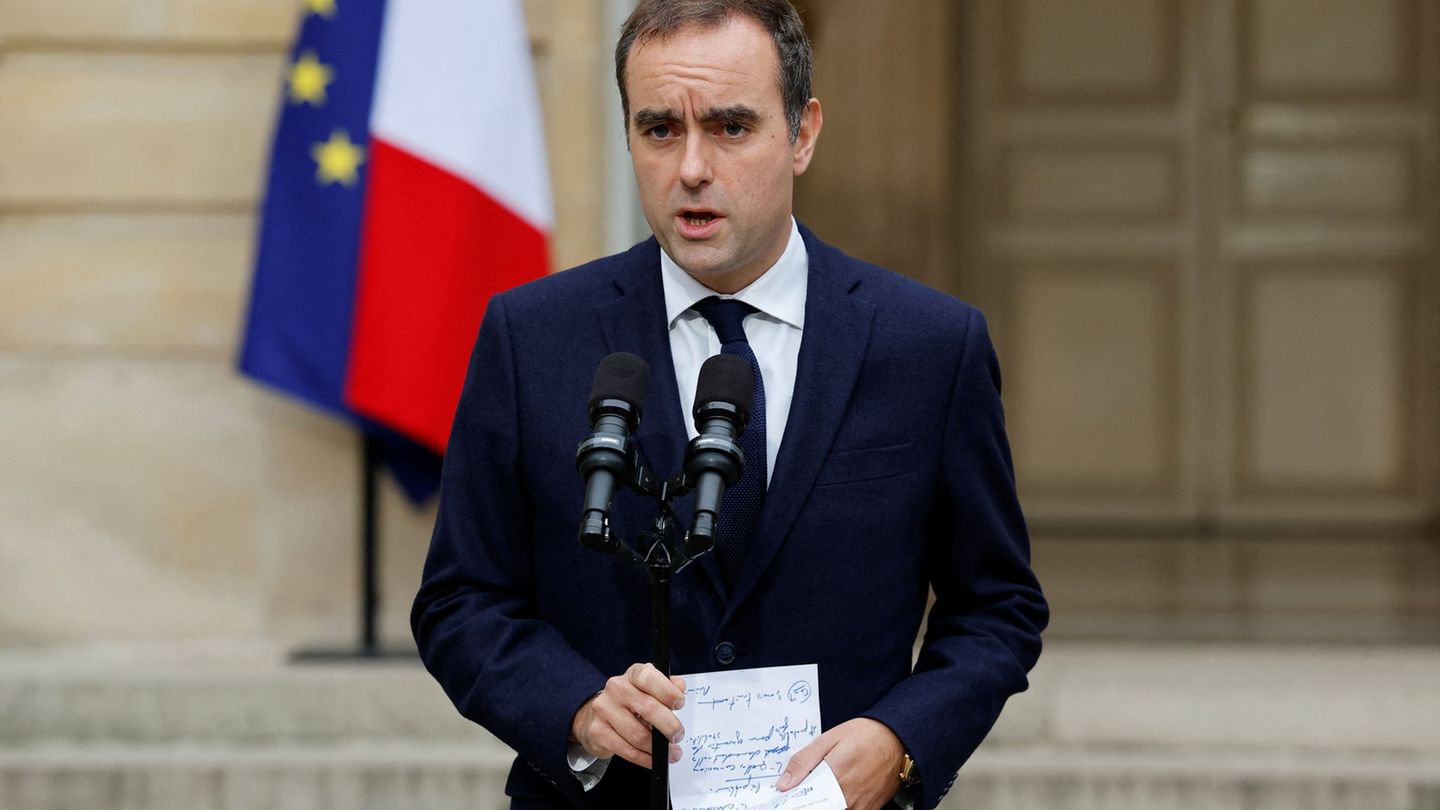The statistics office Eurostat estimates that the inflation rate has just reached a new high. What does this mean for consumers?
The inflation rate in the euro zone rose to a new high at the beginning of the year. Consumer prices in January were 5.1 percent higher than in the same month last year, according to an initial estimate from the Eurostat statistics office in Luxembourg on Wednesday.
This is the highest value since the euro was introduced in 1999. In December, the rate was 5.0 percent. On the other hand, economists had expected a noticeable decline to 4.4 percent at the beginning of the year.
Compared to the previous month, consumer prices rose by 0.3 percent. A decline of 0.4 percent had been forecast here.
Not just rising energy costs
Inflation was once again driven by an extremely sharp increase in energy prices, which rose by 28.6 percent compared to the same month last year. Food and beverages were 3.6 percent more expensive than a year ago.
Excluding energy, food and luxury goods, the price level rose by 2.3 percent in January. In this definition, inflation was declining, in December the so-called core rate was still 2.6 percent. However, the increase at the beginning of the year was stronger than analysts had expected. Core inflation is considered by many economists to be a reliable measure of the inflation trend.
Rate hike not in sight
The medium-term inflation target of the European Central Bank (ECB) of two percent is currently being exceeded even more than before. However, a rate hike is not yet in sight. The ECB sees inflation as being driven primarily by special factors and expects the inflation rate to fall over the course of the year. On the financial markets, however, there is speculation that the key interest rate will increase this year.
Source: Stern
Jane Stock is a technology author, who has written for 24 Hours World. She writes about the latest in technology news and trends, and is always on the lookout for new and innovative ways to improve his audience’s experience.




